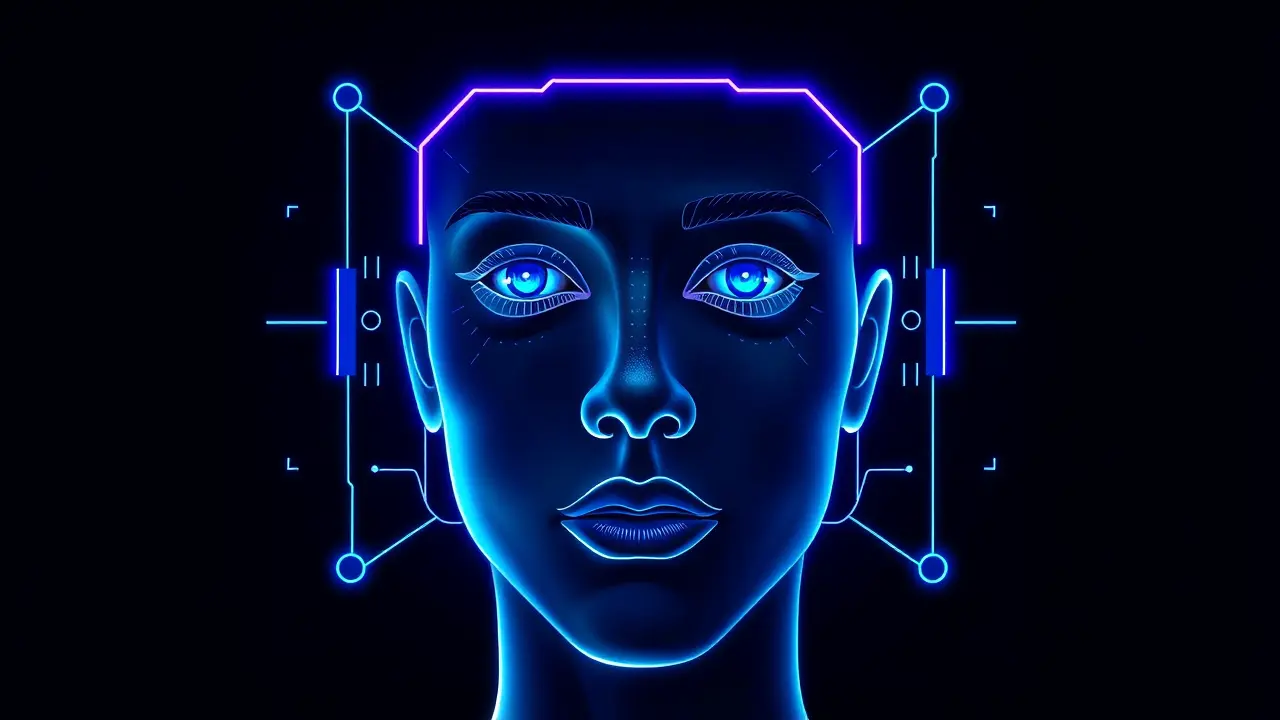When Face Recognition Doesn’t Know Your Face Is a Face
The seemingly inexorable march of face recognition technology into the very fabric of our daily lives—from unlocking smartphones to boarding airplanes and accessing bank accounts—has been predicated on a fundamental, and as it turns out, flawed assumption: that a 'face' is a universally recognizable, standard-issue human feature. This technological myopia is creating a new and deeply troubling digital underclass, an estimated 100 million individuals worldwide living with facial differences—be they from birth conditions like Treacher Collins syndrome, the aftermath of medical procedures such as cancer treatments, or traumatic injuries—who now find themselves systematically locked out of essential systems and services.It’s a modern-day manifestation of Asimov’s Zeroth Law of Robotics, which implicitly demands that a robot (or, in this case, an AI system) shall not harm humanity, or, by inaction, allow humanity to come to harm. Yet here we are, with inaction and algorithmic bias causing tangible harm.The core of the problem lies in the training datasets; these vast libraries of images used to teach algorithms what a human face looks like are overwhelmingly populated with 'typical' faces, creating a normative model that interprets any significant deviation not as a human variation but as noise, an error, or simply nothing at all. For someone with facial paralysis, the system may fail to register the necessary landmarks for verification.For a person with significant scarring, the algorithm might not even initialize, refusing to acknowledge the presence of a face in the frame. The consequences are far from trivial.Imagine being unable to verify your identity to access your own government benefits, being denied entry at an automated border gate because the camera cannot process your visage, or being locked out of your financial accounts, all while a silent, unfeeling machine repeatedly flashes 'Face Not Recognized'. This isn't a hypothetical future; it's the present reality for many, creating a level of daily friction and public humiliation that chips away at personal autonomy and dignity.The policy and ethical dimensions are immense. We are building a world that is, by design, exclusionary.Regulatory frameworks, particularly in the European Union with its proposed AI Act and in various US states, are scrambling to address algorithmic bias, but they often focus on race and gender, while this specific form of disability discrimination flies under the radar. The very definition of 'bias' needs expansion.Furthermore, the corporate response has been tepid, often treating this as a niche edge case rather than a fundamental design flaw. The solution isn't merely technical, like improving dataset diversity—though that is a critical first step.It requires a philosophical shift in how we approach AI development. We must move beyond creating systems that seek the 'average' and instead engineer for the full, beautiful spectrum of human existence.This involves embedding ethicists and disability advocates directly into the development lifecycle, conducting rigorous real-world testing with diverse populations before deployment, and implementing robust, accessible human-override mechanisms. The risks of continuing on our current path are a more fractured and inequitable society, where access to the digital world—and by extension, the modern economy—is contingent on conforming to a narrow, algorithmically-defined physical ideal.The opportunity, however, is to build a future that is genuinely inclusive by design, where technology adapts to humanity, not the other way around. The question we must answer is not just *can* we build a system that recognizes every face, but *will* we make the conscious choice to prioritize the humanity of every individual over the cold efficiency of a flawed algorithm.
Latest News
The charts are whispering what the true believers have felt in their bones for weeks—Dogecoin is carving out a bottom.
17 hours ago5 comments
The Institute for Fiscal Studies has thrown a stark warning onto Rachel Reeves's desk, urging the Chancellor to confront a potential £22 billion shortfall in
17 hours ago3 comments
Alright, let's break down this absolute heater of a performance from the Chicago Blackhawks, because if you missed this one, you missed a party.
17 hours ago5 comments
The ice was hot last night in the NHL, folks, serving up a slate of games that felt less like a regular season Tuesday and more like a playoff preview with a
18 hours ago3 comments
The XRP chart is painting a tantalizing picture for those with the stomach to withstand the relentless pressure from crypto's leviathans.
18 hours ago4 comments
It’s in the small shifts, the quiet recalibrations of a Thursday morning, where the most meaningful change often takes root.
18 hours ago4 comments
In a move that sent ripples of quiet confidence through the crypto ecosystem, blockchain intelligence firms tracked a monumental treasury allocation from
18 hours ago4 comments
In a move that would have drawn a nod of approval from historical figures like Churchill, who understood the delicate balance of power within democratic
18 hours ago2 comments
JA
Jamie Larson123k1 day ago
wow that's actually so messed up idk why we keep building stuff that just ignores whole groups of people smh
0
JA
Jamie Larson123k1 day ago
wow i had no idea this was such a big problem for so many people, we really need to do better with this tech tbh
0
MA
Maya Chen123k1 day ago
this feels like when they built early public transit without considering wheelchairs, designing for a theoretical 'average' user and ignoring the full human spectrum
0
JA
Jamie Wilson123k1 day ago
wait what's the actual source for that 100 million people estimate tbh i feel like these numbers are always kinda made up
0
